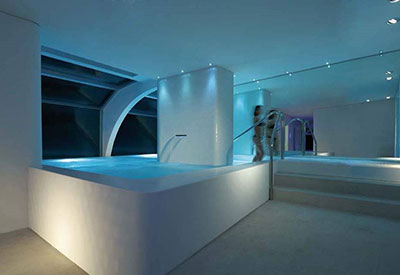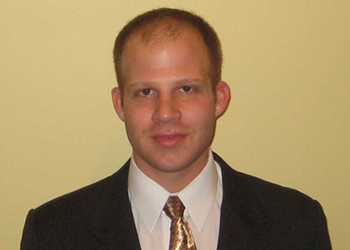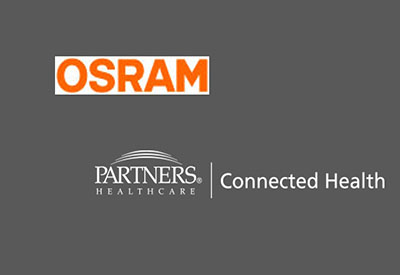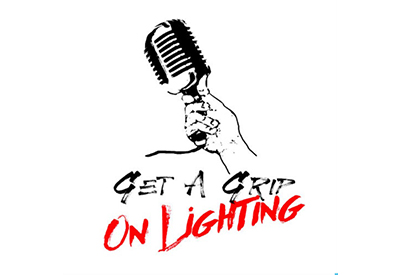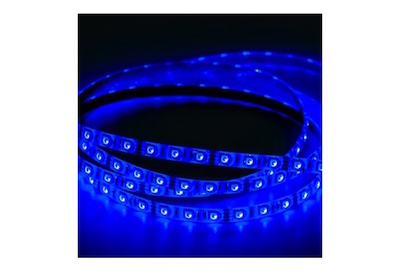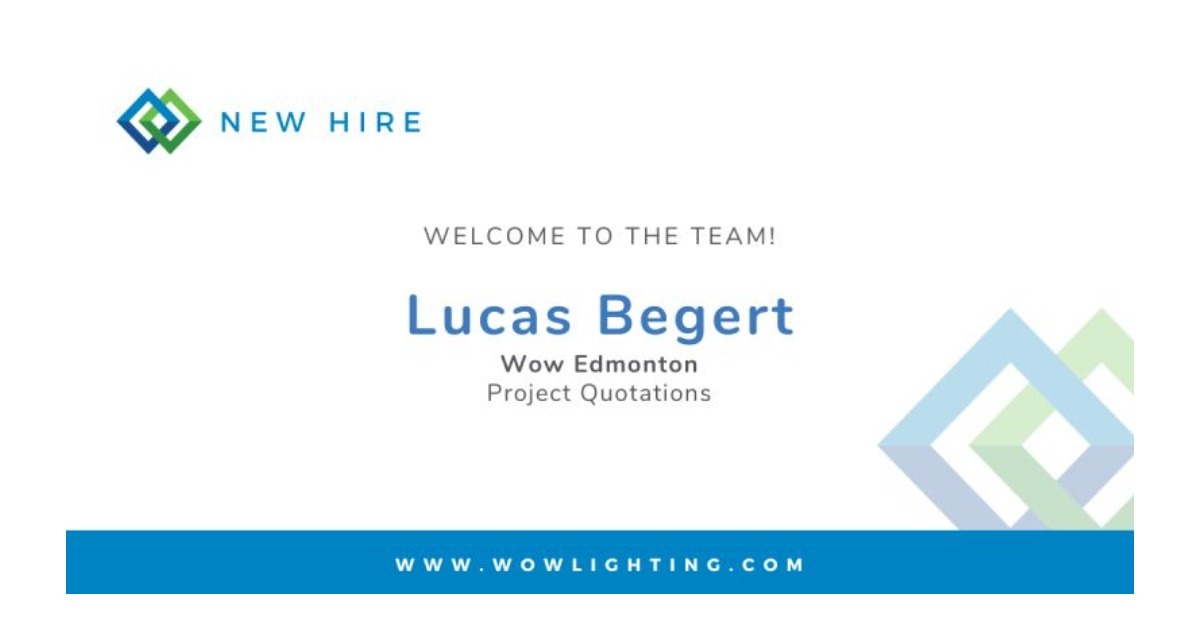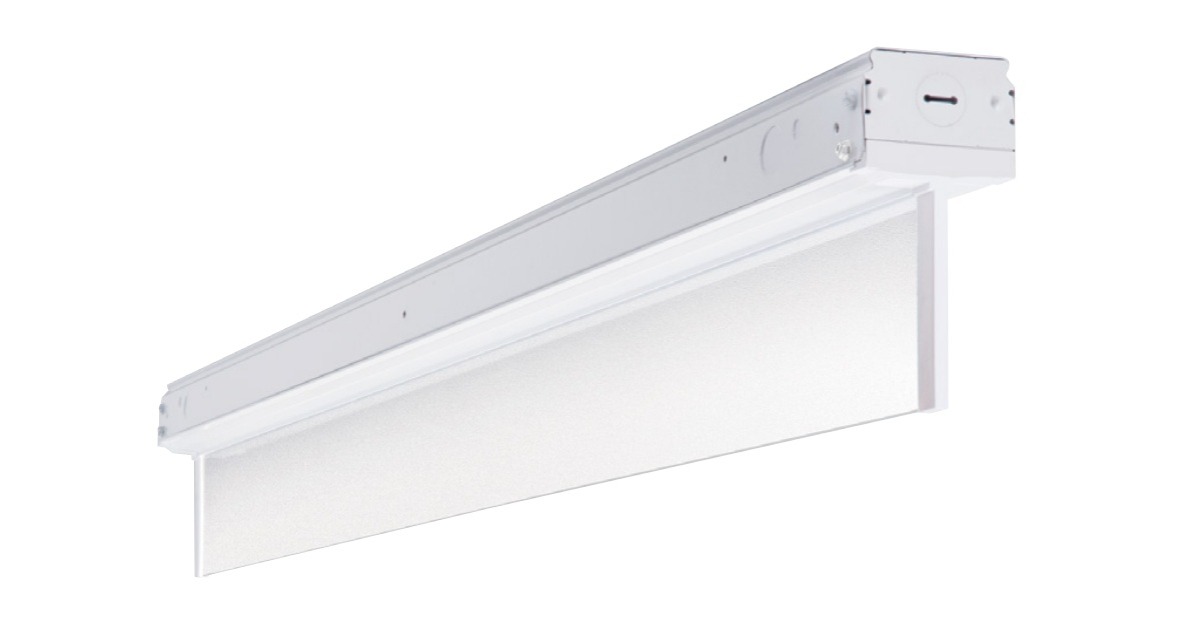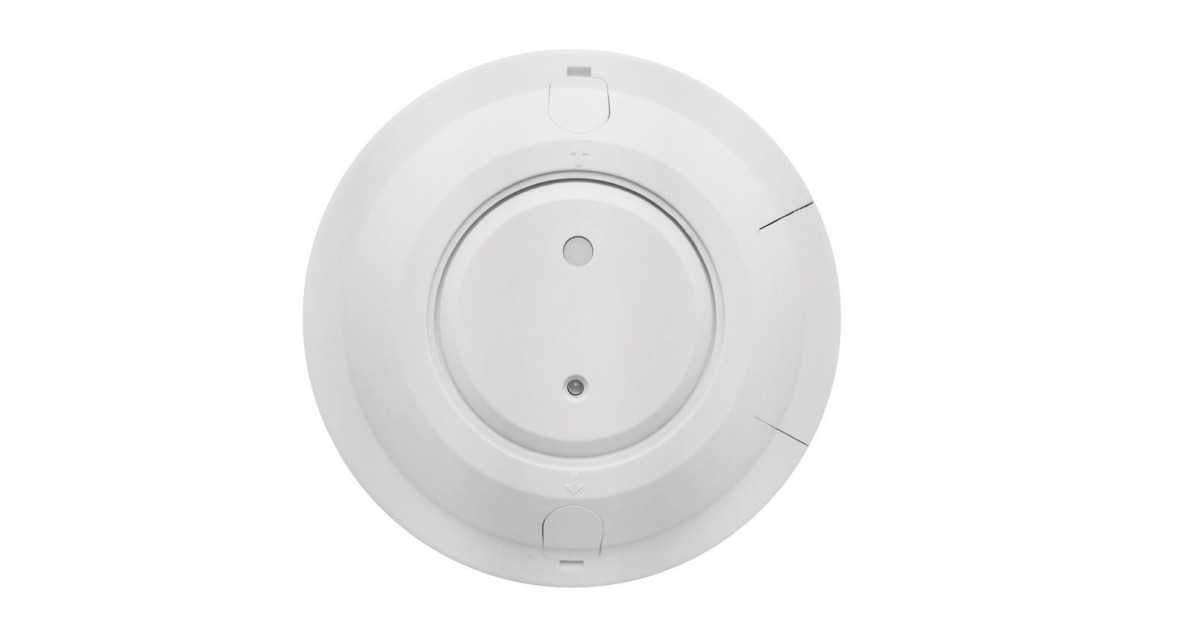Robert Karlicek Talks Internet of Things

September 24, 2018
I recently had the opportunity to interview Robert Karlicek, Jr., Ph.D., professor and director, Center for Lighting Enabled Systems and Applications (LESA), Rensselaer Polytechnic Institute. The topic? The future for lighting and the Internet of Things.
On a big picture level, where do you see adoption of the IoT right now and in the next three years? Looking at 1) current technology, 2) standardization, 3) cost, and 4) market interest, where are we now, what’s missing, and what’s next?
In general, there will likely be a split between commercial and residential. With Alexa bringing voice control to residential, it will be interesting to see how broadly the “smart home” concept is adopted. There is a possibility of broad adoption of IoT with voice control will drive adoption, innovation and cost reduction, and perhaps even some level of standardization — driven by eventual collaboration by two or three big players. The current technology is pretty good; costs are coming down. It may be that innovation in this space will drive some commercial adoption if people want to bring “Alexa” to the office with them. There are security and privacy issues, however, that may hamper adoption.
Application of voice control is less applicable in commercial/industrial spaces, and here, adoption will be slower, standardization will be more of a problem. In commercial, the big challenge is building an ROI case for IoT services.
This will come primarily from the building management side of things, where greatly improved building energy efficiency and facility space utilization efficiency is starting to drive adoption now. Costs are coming down and market interest is increasing. Standardization, unfortunately, will be an issue for some time, and the other big issue I see is that IoT is only good at providing data — but processing all that data to provide useful information and value is what is lacking. Increasingly, rudimentary machine learning (ML) and artificial intelligence (AI) methods will creep into data analysis to provide valuable services. Some of these tools might actually flow from residential applications. Note that Google and Amazon, playing in residential, are making some of the largest ML/AI investments in the world, so it might happen faster than one would think (3-5 years for basic building management apps).
People talk about lighting as an infrastructure for IoT due to its ubiquity in a building and suitability as a sensor mounting platform. Networked lighting control, however, adds communication, bandwidth, and software. Where do you think networked lighting control is positioned as part of this infrastructure? When we talk about lighting as IoT’s “Trojan Horse,” are we really talking about connected lighting, or are there other factors in play that could leave networked lighting control out of it?
In my opinion, lighting control will largely be an add-on – depending on how well things like “Wellness” sell in residential and commercial markets. It is highly likely that new smart buildings platforms (not lighting companies) will emerge that derive value provided by IoT data collection based applications, of which lighting control will be one. These platforms will dictate to lighting companies how lighting can interface to “their” platforms, and value from IoT driven data and services will flow to service providers, not lighting companies, unless lighting companies move into these service provider markets. This migration is already happening through joint ventures and mergers/acquisitions.
Standardization is a critical hurdle for IoT adoption. Where does this stand now, particularly with the current IEEE standards and the IoT Ready Alliance specification? What’s the leading protocol with the most promise for IoT? What’s missing? If interoperability is problematic even with open protocols (as they change over time to create new versions), will it be possible to achieve a truly interoperable IoT system, or will it always be vulnerable to a “weakest link” risk?
Standardization is a really tough issue, in part because technology continues to evolve very quickly and there are so many consortia trying to address the standardization issue. I am not sure there is a leading protocol right now, but I am sure things will gradually settle out (perhaps over the next decade) as the market decides which IoT enabled services drive value and the inevitable consolidation of the various players in this space drive standardization (which, again, might come from a variant of residential IoT standards that evolve more quickly due to IoT success in residential markets).
As IoT expands and services develop, standardization will also have to address issues of security, data ownership, latency (an issue for many current systems) and possible need for higher bandwidth communications (Light Communications, or LiFi as some call it, is already being studied by the IEEE 802.11 as an add-on to emerging 5G communications). Finally, not all standards will be wireless – as PoE and the re-emergence of improved power line communications (PLC) technologies continue develop. The role of these technologies will depend on how much data needs to be moved in IoT systems of the future, and available RF bandwidth crunch caused by wireless IoT proliferation.
In articles you’ve written, you’ve talked about new sensor and other technologies that may develop because of the IoT. What types of technologies are we talking about, what value would they deliver, and how do they fit with today’s lighting industry? What opportunities and threats does IoT pose for the lighting industry, and what might the industry look like in five years as a result of this? In the end, in your view, will IoT be a capability offered by different industries including lighting, or will lighting be a function offered by IoT companies? (Or will the answer be dependent on a new stratification in the market?)
From purely a lighting perspective, lighting sensors that can use light to offer better detection of occupancy, occupant localization and position (standing, sitting) are being developed. These sensors include improved colour sensors and Time of Flight (TOF) sensors that are similar to LIDAR systems being developed for autonomous vehicles. Similar functionality is being developed by RF detection systems that look at how people absorb and reflect the ubiquitous RF radiation in our occupied spaces. These new sensing platforms can be used for improved lighting control, but the bigger payoff will be in improved HVAC control and other building services, of which lighting control will be a part.
Depending on the emergence of colour tunable lighting for improved human health and wellbeing (and a proven value proposition for it), lighting controls will play a bigger role in IoT and building services, but it is questionable that lighting companies will be in control — and instead will simply offer a standard interface to someone else’s IoT/ML/AI system. My view right now is that lighting companies will simply do what they have always done – build compliant lighting systems, with compliance on the connectivity side defined by building and information services companies. If some lighting companies can transform themselves into smart systems companies, then new market dynamics and revenue opportunities for lighting companies will gradually evolve — but someone will still need to manufacture and sell fixtures/luminaires.
How does all of the above relate to the electrical contractor? What are the biggest opportunities and threats, and what do they need to know and do to address each moving forward?
Increasingly, electrical contractors will need to support IoT and data services. Freedom to swap one company’s product for another company’s product will be eroded because of smart system interface compatibility issues, and increasing familiarity with communications protocols, software debugging and control system integration will be needed. Gradually, the required skill sets of electricians and network engineers will merge, and contractors will need to make continuing education a strong part of their workforce and business planning.
Craig DiLouie, LC, is Education Director for the Lighting Controls Association. Reprinted with permission of the Lighting Controls Association, www.lightingcontrolsassociation.org. This article was first published as a blog: www.lightnowblog.com/2018/09/robert-karlicek-talks-internet-of-things/.

